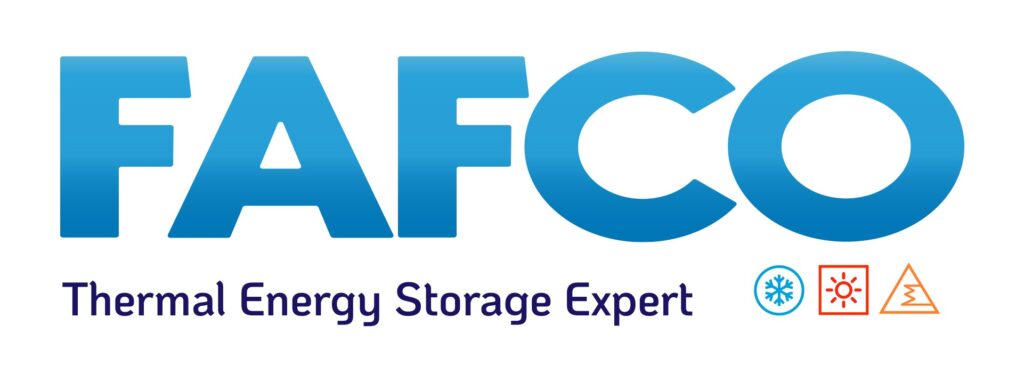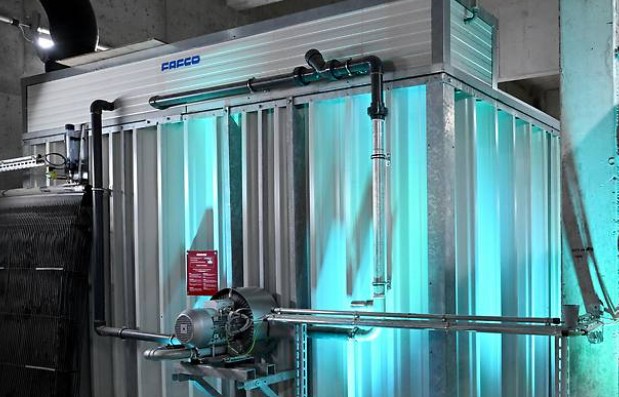Wien Energie continues to expand its district cooling network. The eighth large-scale district cooling plant was commissioned today under the new medical school campus. An ice store was also installed for the first time. July 28, 2025,
At a press conference, Michael Strebl, CEO of Wien Energie, spoke of a major milestone and highlighted the rapid increase in the number of tropical nights in Austria. Between 1960 and 1991, according to Strebl, there were on average 1.6 tropical nights per year, nights when temperatures didn’t drop below 20°C. In the 30 years since then, there have already been 6.2 such nights; by 2024, there will be around 50. He emphasized the benefits of developing district cooling. At the same time, district heating contributes to the fight against climate change, as it emits half as much CO2 as conventional cooling systems.
District cooling as an island network
An additional ice storage system makes the new plant particularly efficient, enabling refrigeration systems to operate more smoothly. Unused cold, especially that produced at night, can be stored as ice blocks and used for cooling at peak times.
The new plant also bridges the gap between the district cooling ring surrounding Vienna’s city center and the district cooling network linking the Spittelau plant to Vienna General Hospital. “District cooling today is in a similar situation to district heating a few decades ago,” said Strebl, “so it’s an isolated network whose islands are now merging, creating a vast interconnected network.”

